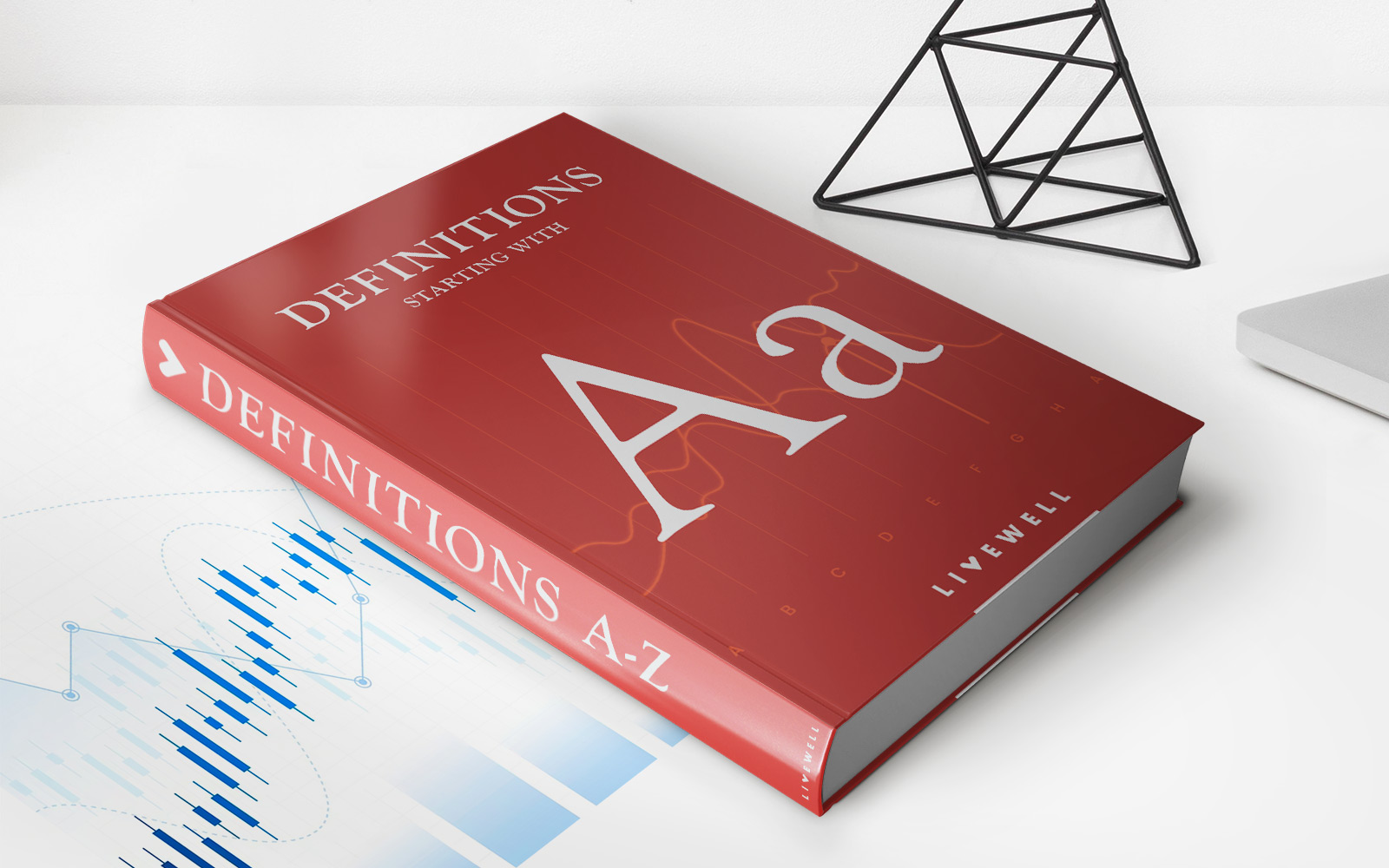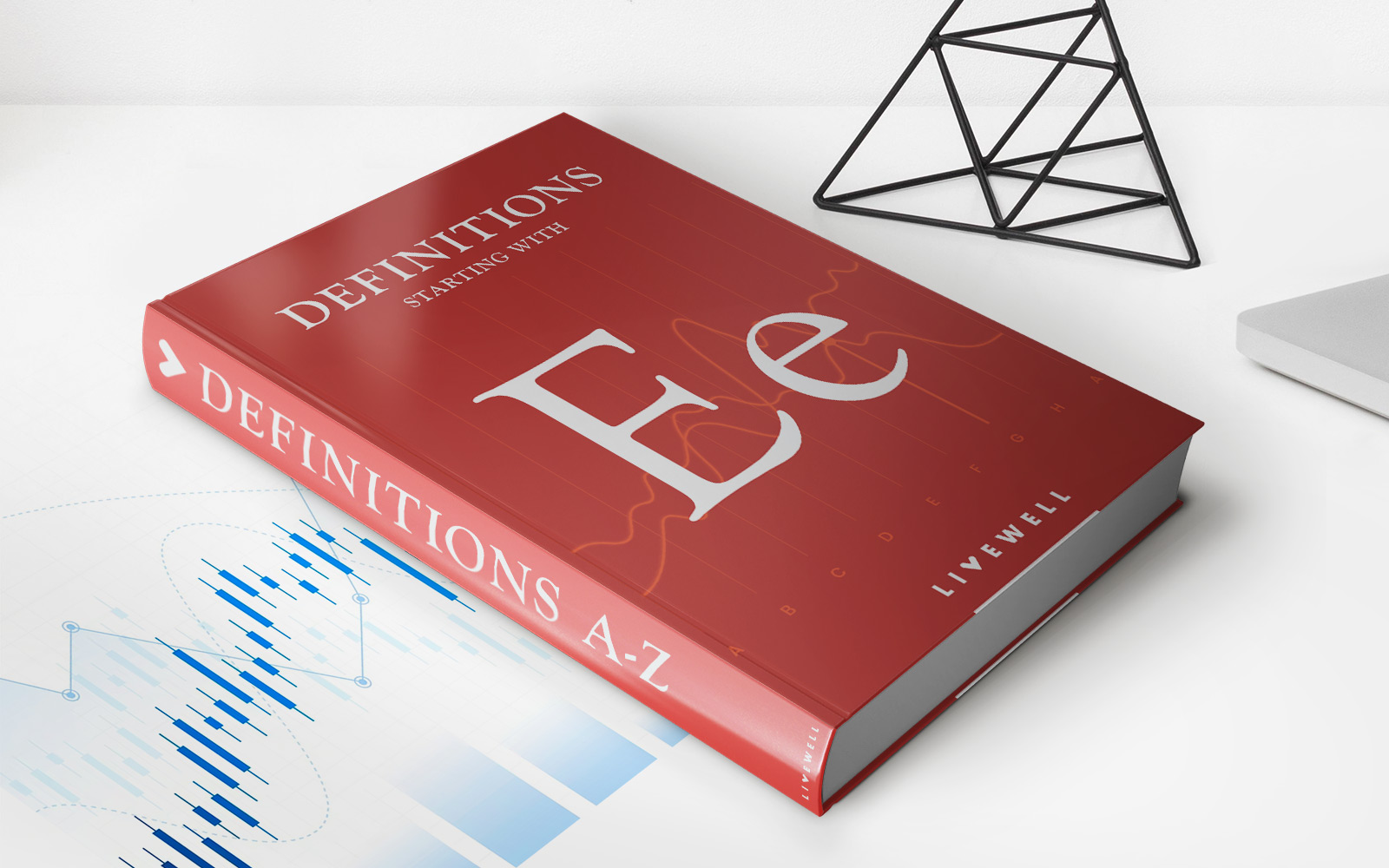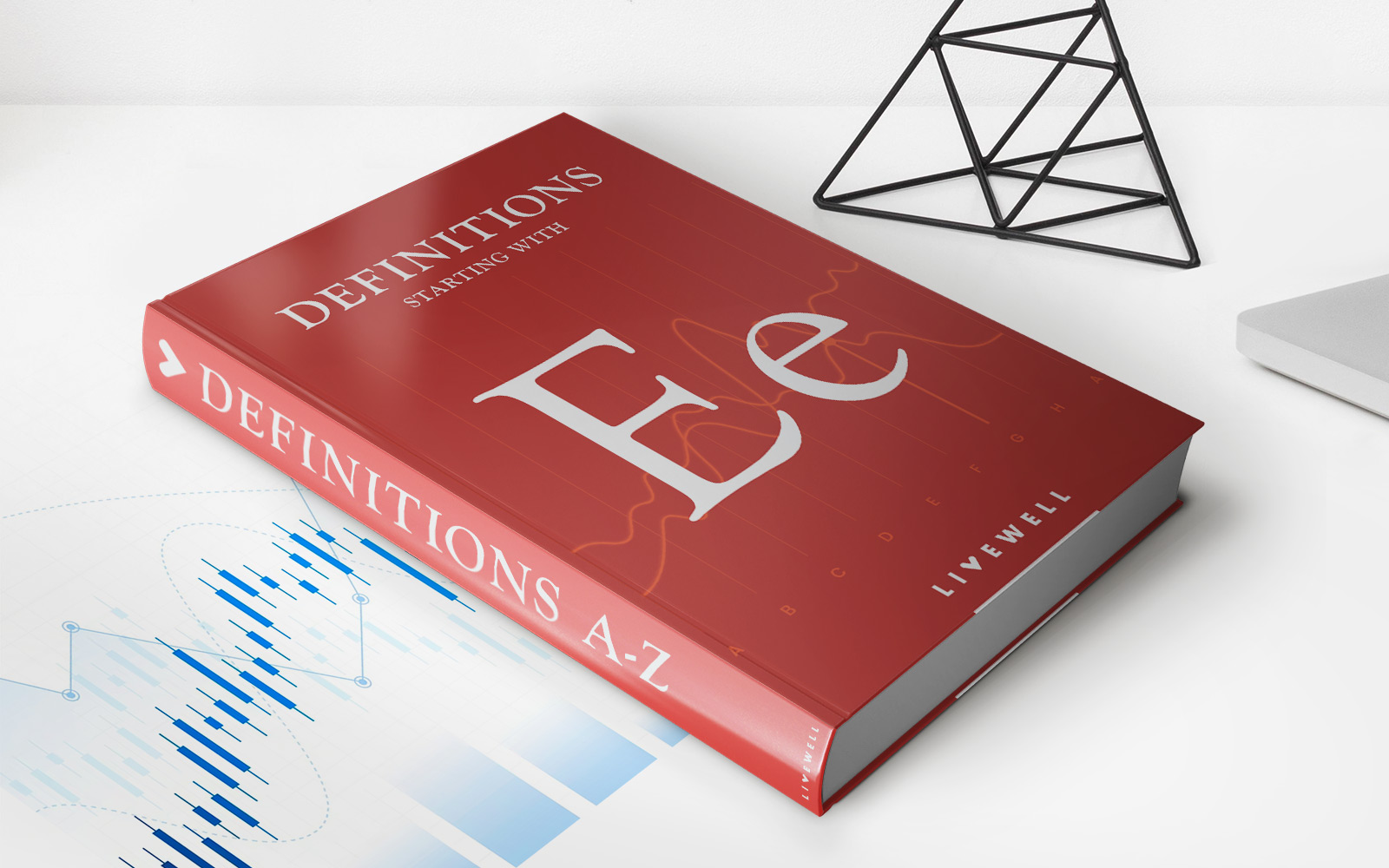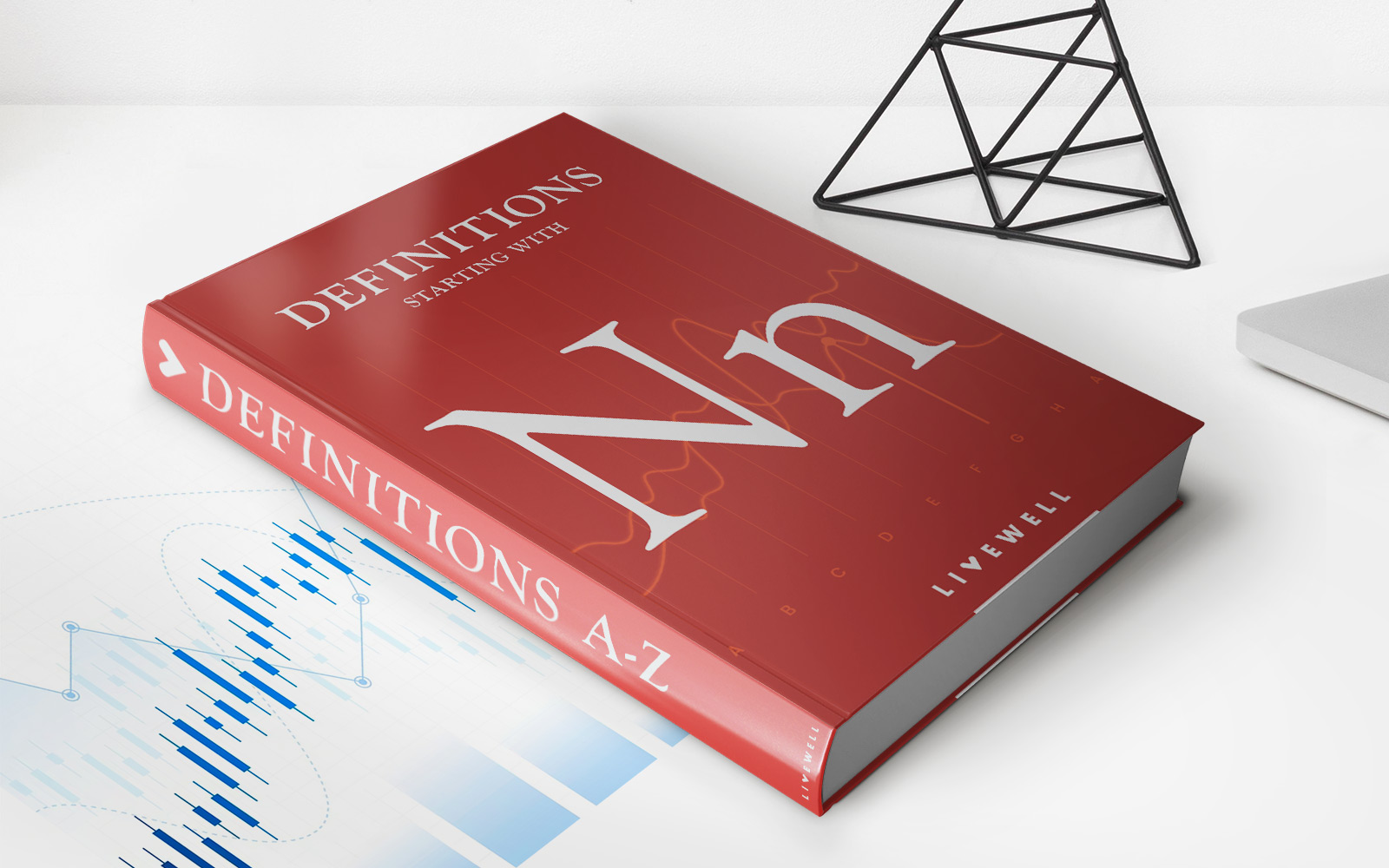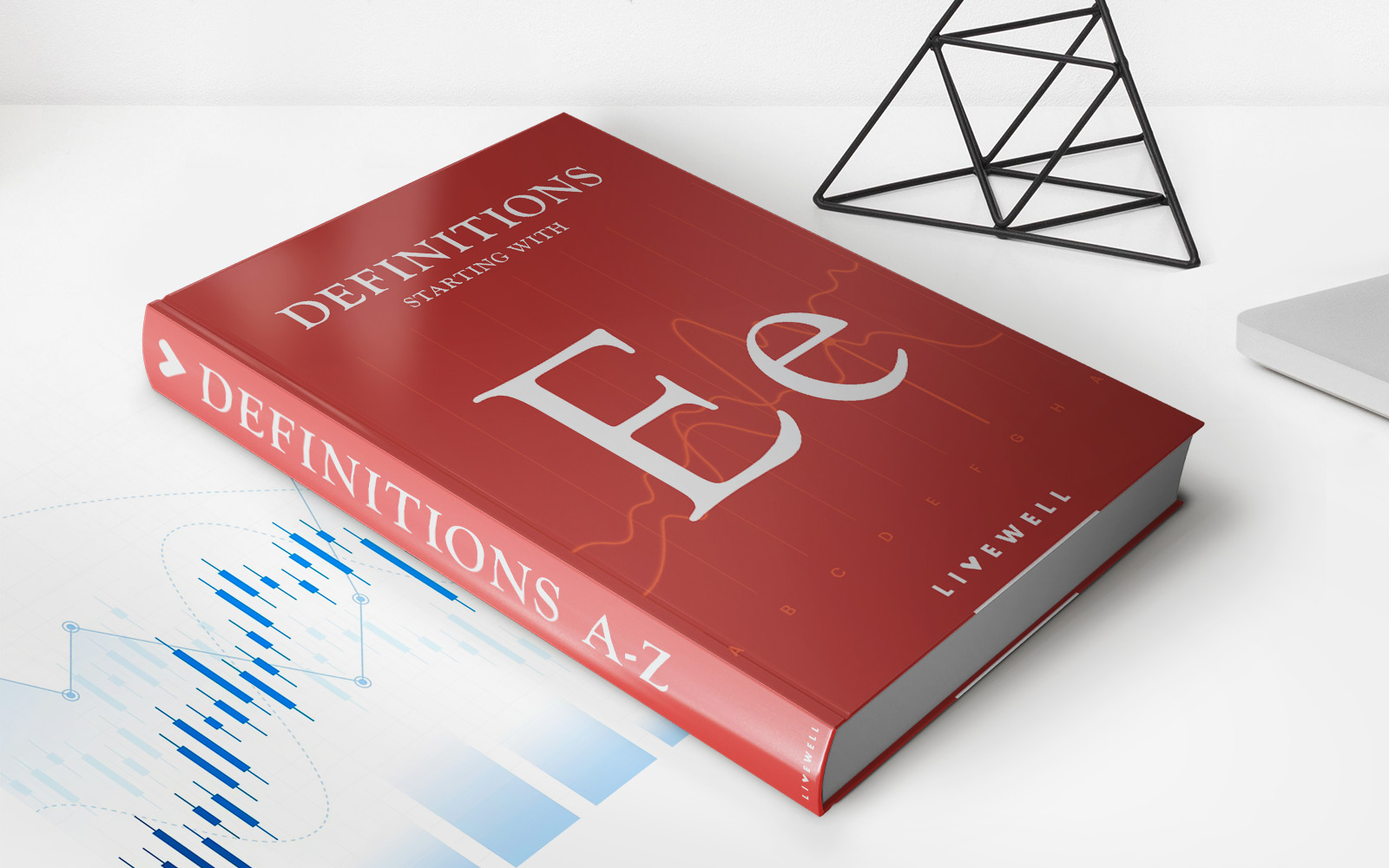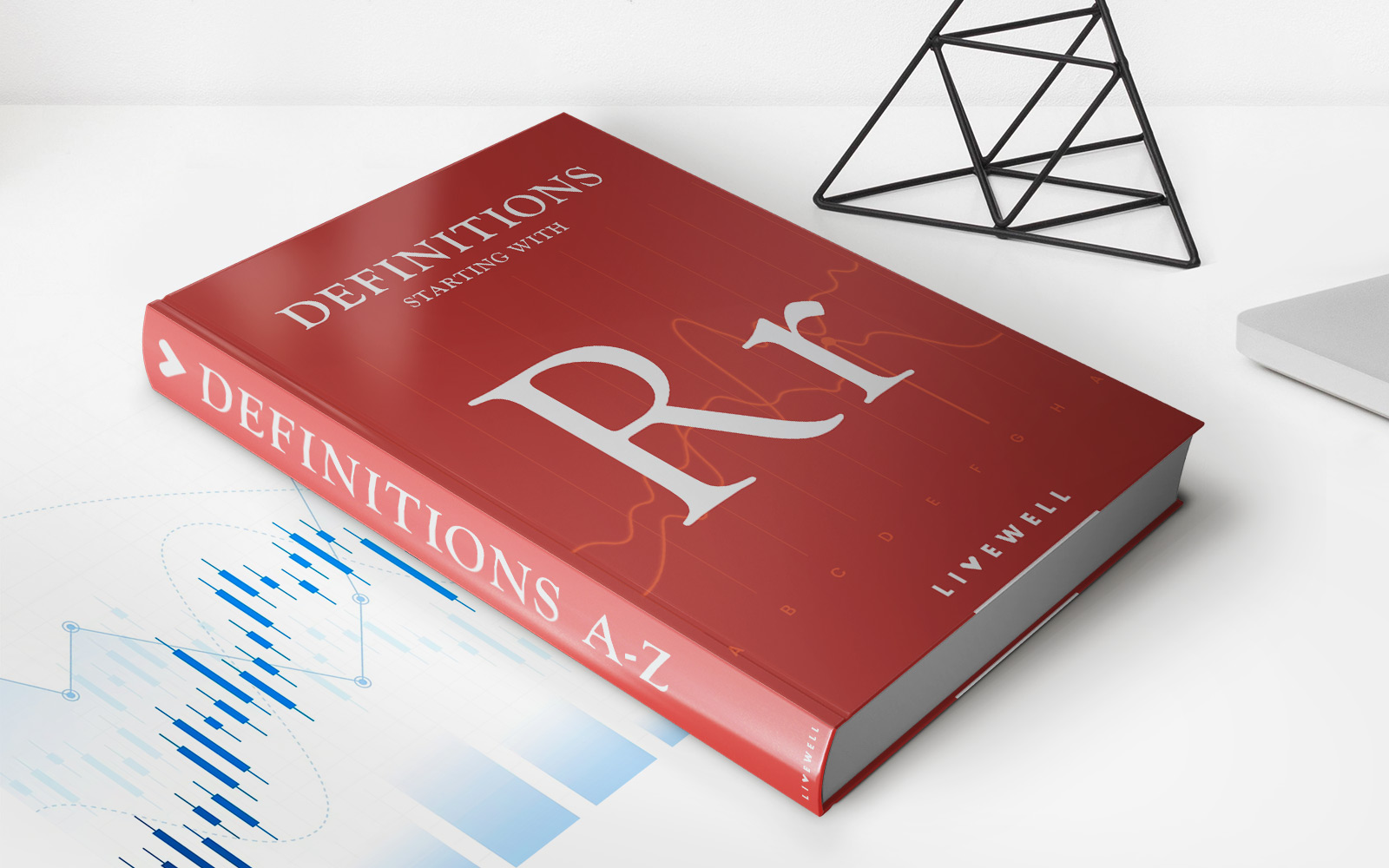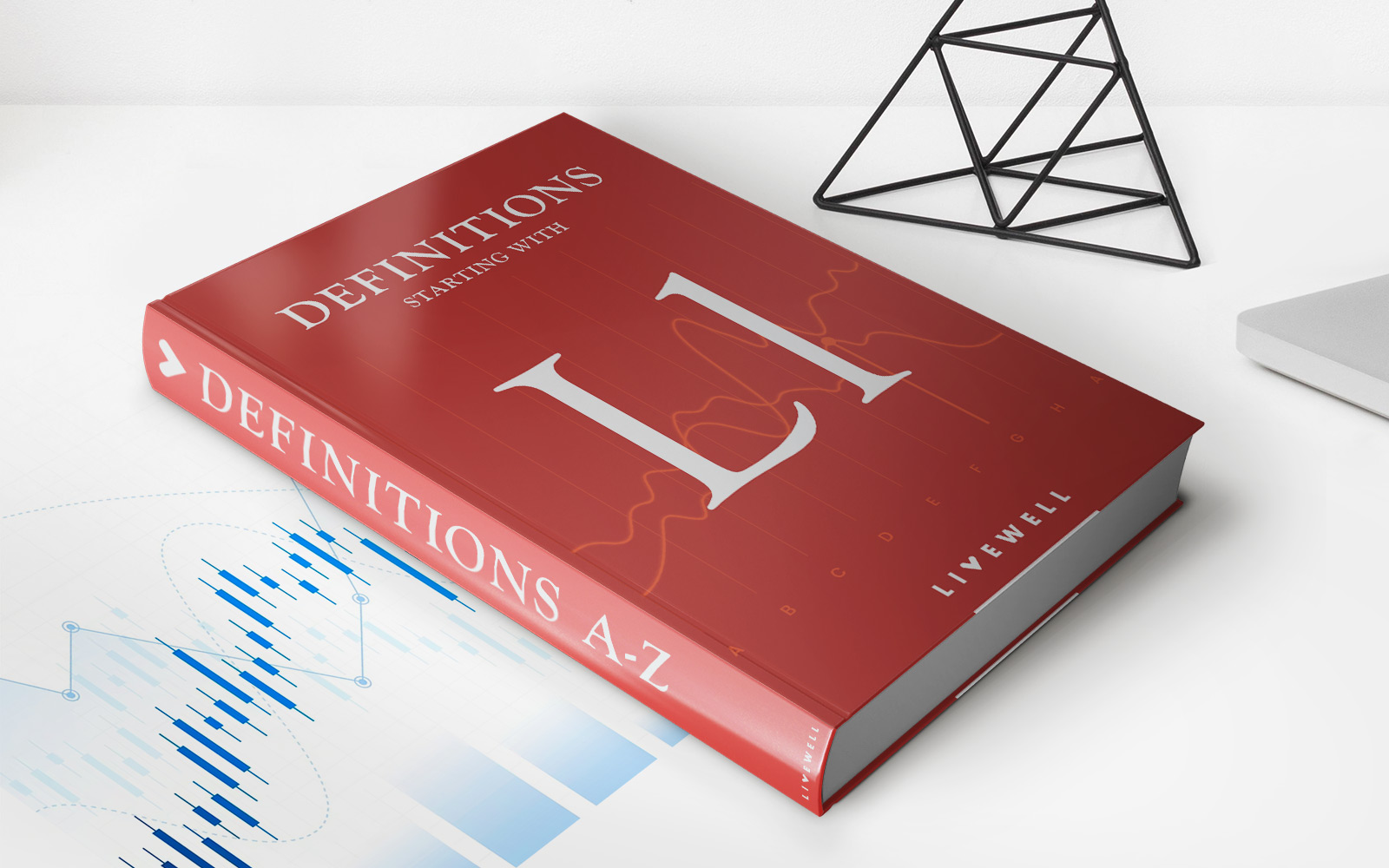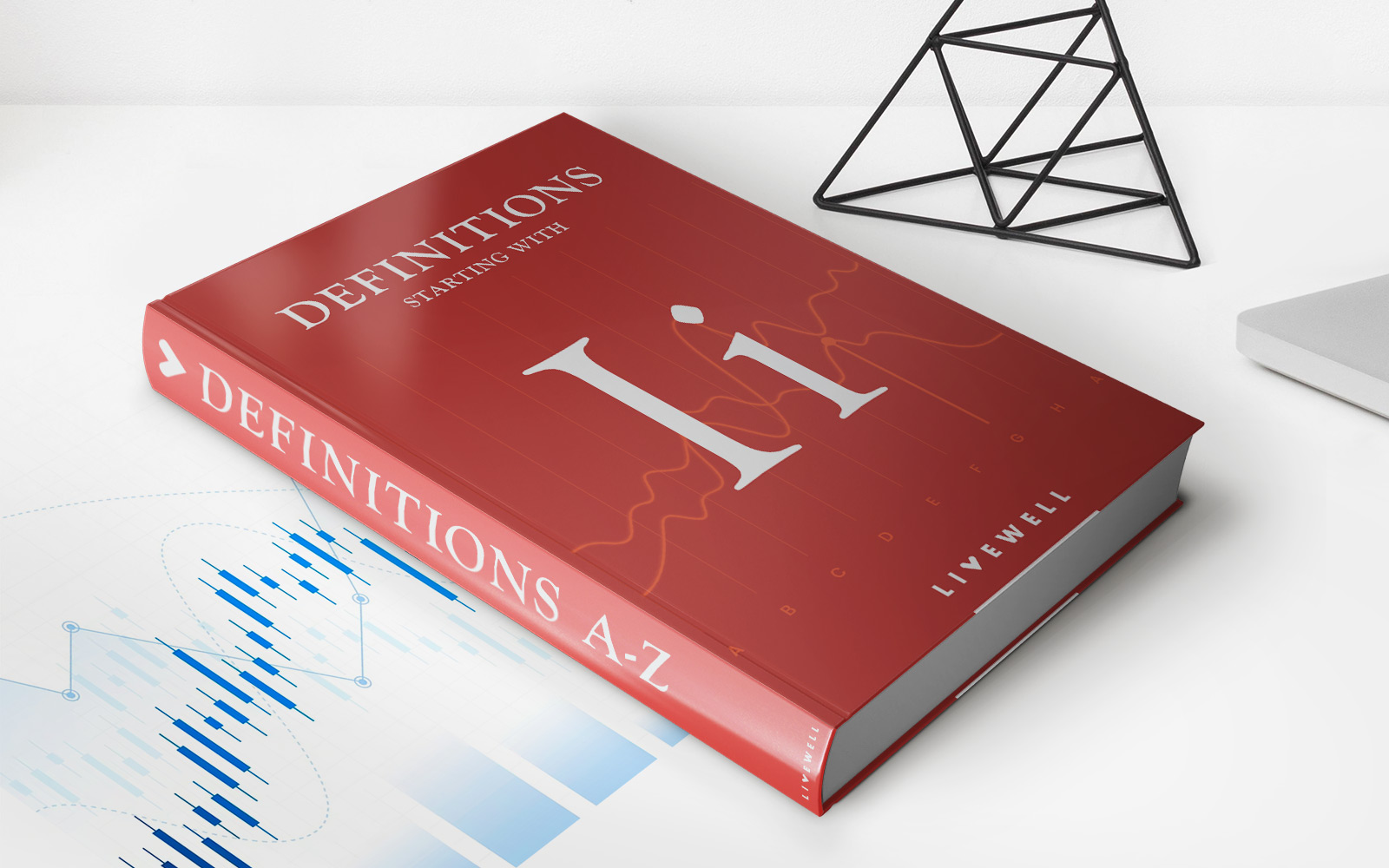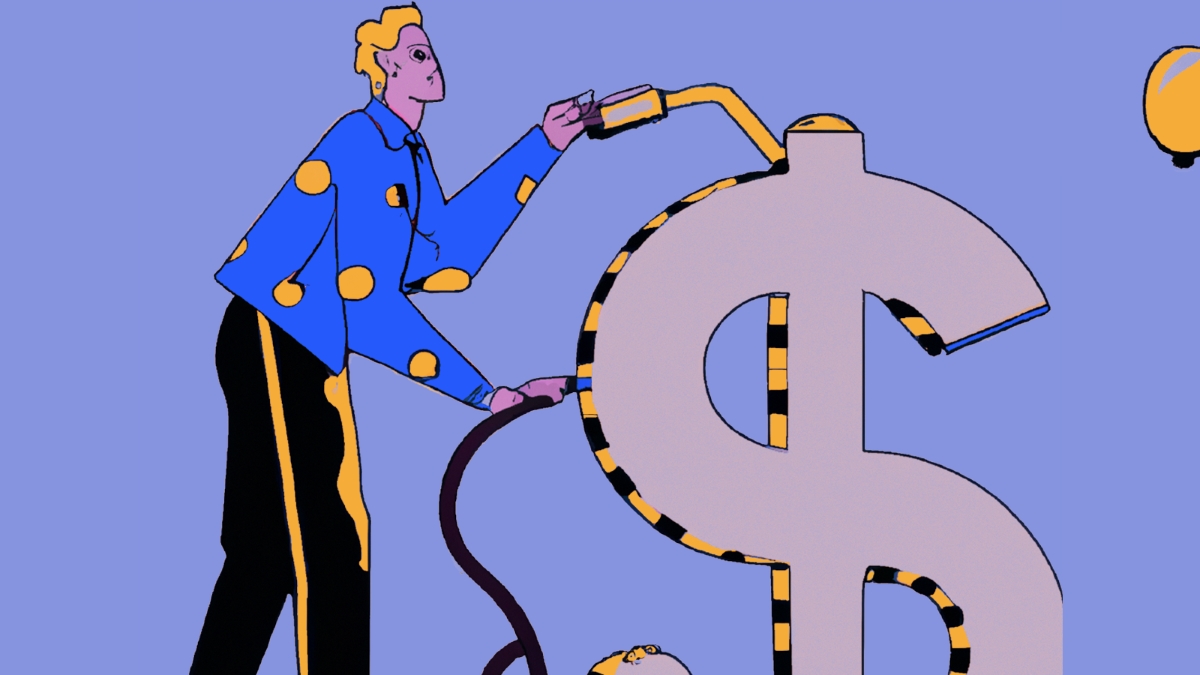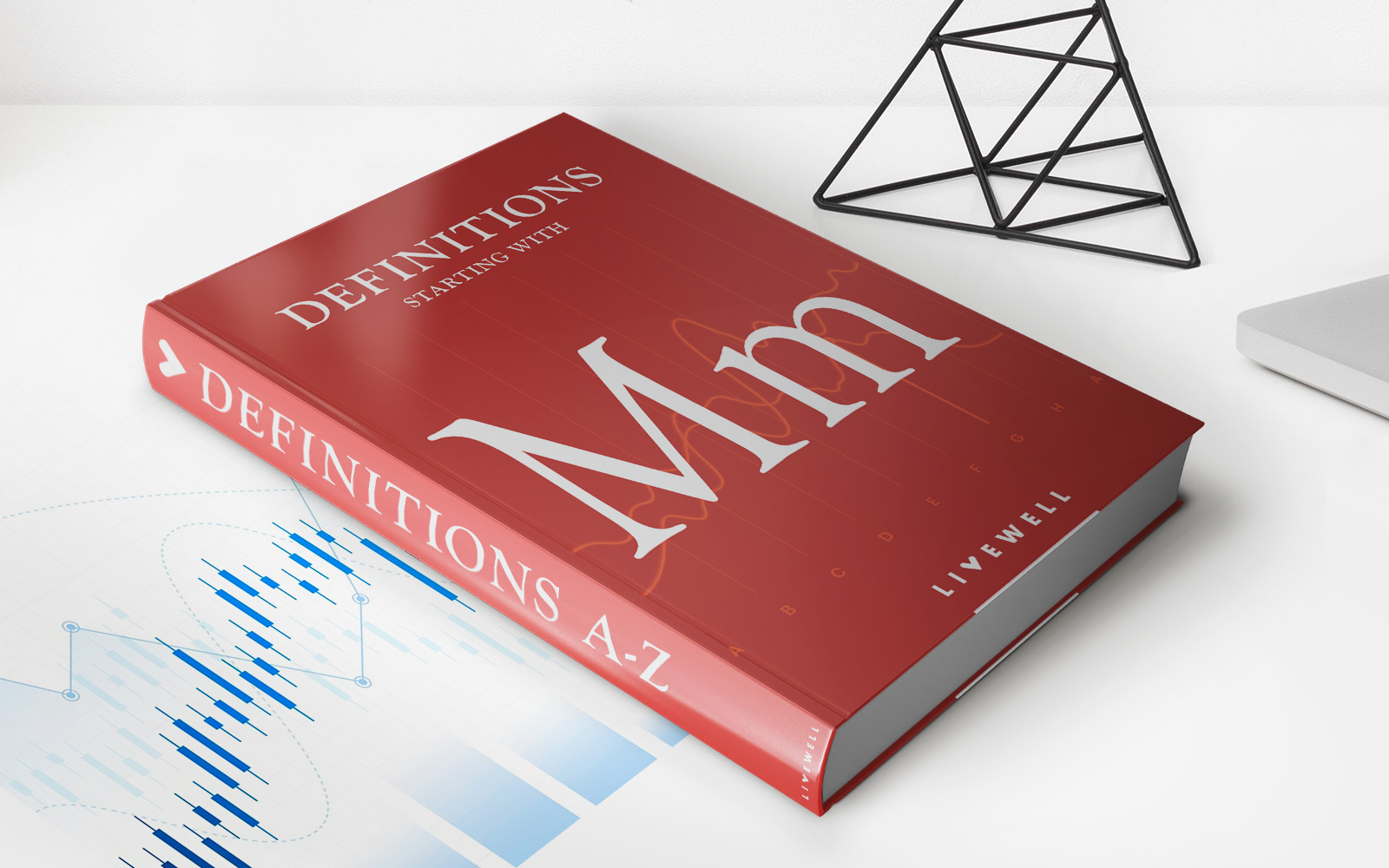Home>Finance>Expansion: Definition In Economics, Length, And Indicators
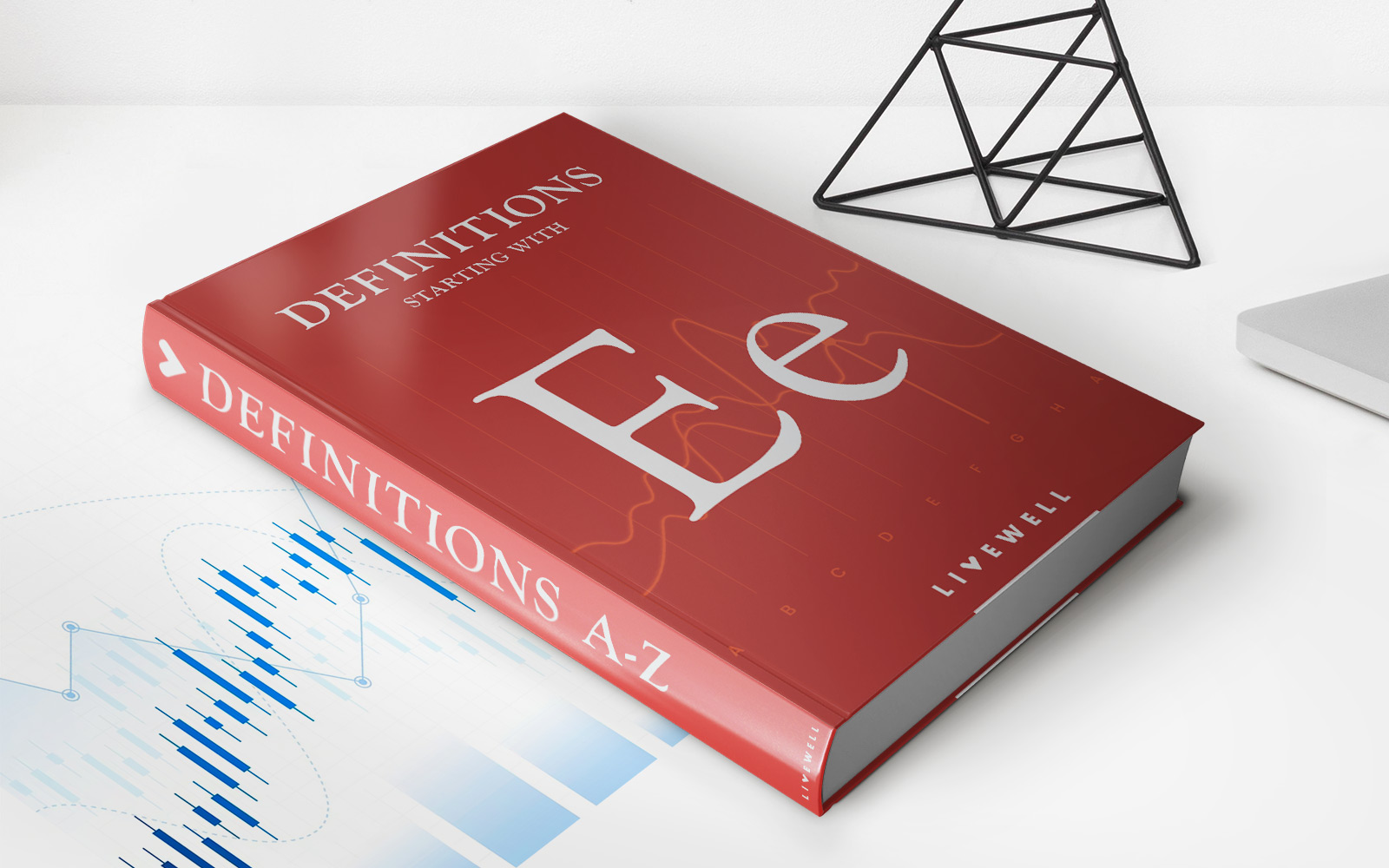

Finance
Expansion: Definition In Economics, Length, And Indicators
Published: November 21, 2023
Learn the definition of expansion in economics, its length, and indicators. Explore key concepts in finance for a comprehensive understanding.
(Many of the links in this article redirect to a specific reviewed product. Your purchase of these products through affiliate links helps to generate commission for LiveWell, at no extra cost. Learn more)
Expansion: Definition in Economics, Length, and Indicators
When it comes to understanding the economic cycle, expansion is a key concept that often crops up. But what exactly does expansion mean in economics, and how long does it typically last? In this blog post, we will delve into the definition of expansion, its length, and the indicators that economists use to measure it.
Key Takeaways:
- Expansion refers to a period of economic growth characterized by increasing production, rising employment rates, and overall prosperity.
- The length of an expansion can vary, but on average, they tend to last around three to five years.
In economics, an expansion is a phase of the business cycle characterized by increasing economic activity and growth. It is often marked by rising indicators such as GDP (Gross Domestic Product), consumer spending, business investments, and employment rates. During an expansion, businesses experience higher demand for their products or services, leading to increased production and profits.
So how long does an expansion typically last? Although the duration of an expansion can vary, it tends to last around three to five years. However, it is important to note that this is not an exact science and can vary depending on various factors such as government policies, global events, and market conditions. Historical data shows that expansions have lasted anywhere from a couple of years to more than a decade, but the average duration falls within the three to five-year range.
As economists seek to evaluate and predict expansions, they rely on various indicators to gauge the health of the economy. These indicators include:
- Gross Domestic Product (GDP): This measures the total value of goods and services produced within a country during a specific time period. An increasing GDP is generally a positive sign of economic expansion.
- Employment Rates: Rising employment rates indicate that more people are finding jobs, which leads to increased spending power and overall economic growth.
- Consumer Spending: Increased consumer spending is a strong indicator of economic expansion. When people feel confident about the economy, they tend to spend more on goods and services.
- Business Investments: Expansions usually prompt businesses to invest in new capital, such as machinery, technology, or infrastructure. Increased business investments demonstrate optimism and confidence in the economy.
In conclusion, expansion in economics refers to a period of economic growth characterized by increasing production, rising employment rates, and overall prosperity. While the length of an expansion can vary, it typically lasts around three to five years. Economists rely on indicators such as GDP, employment rates, consumer spending, and business investments to evaluate and predict expansions. Understanding these concepts can help individuals and businesses make informed decisions, especially during times of economic growth.
So, if you were wondering what expansion means in economics, now you have a better understanding of its definition, length, and indicators.
